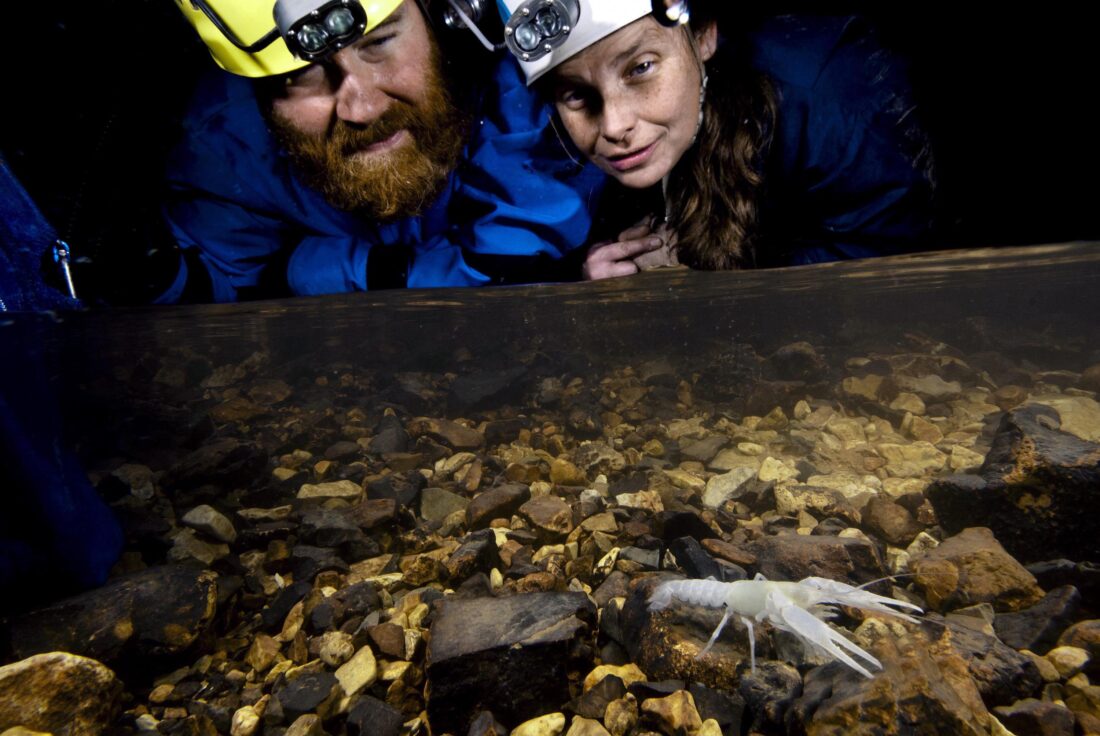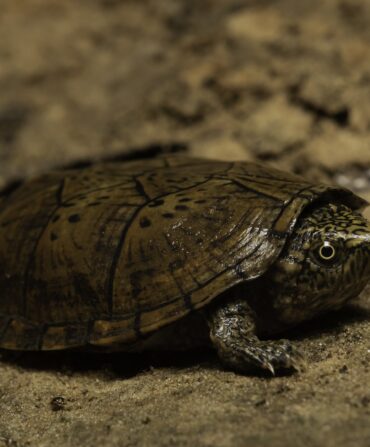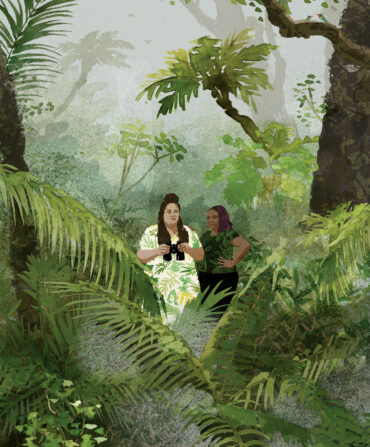A subterranean river is a magical place. “The water is clean and clear, and the things that live there don’t look like the things that we see on the surface. They tend not to have eyes or pigment, and they tend to be spindly and delicate,” says Danté Fenolio, a herpetologist and cave specialist who serves as vice president of San Antonio Zoo’s Center for Conservation and Research. What’s more, these ghostly denizens of the deep are often limited to a tiny corner of the planet.

Last year, Fenolio and his team successfully hatched the eggs one of those eyeless, pigmentless, highly specialized creatures—the Oklahoma cave crayfish—at the zoo’s lab. Native to just a few sites in the cave systems of northeastern Oklahoma, the species is one of the rarest crayfishes in the country. It is listed as endangered at the state level and under consideration for federal protection. As a broader group, cave species also represent something of a medical mystery.
In the rolling mountains of the Ozarks, millions of years of rain carved fantastic underground passages filled with stalactites and stalagmites and threaded with rivers and streams. These caverns constitute an alien world with a limited food web, one in which a crayfish—normally a middling food-chain player—is a “top dog,” Fenolio says. But for all of the species in a cave system, even high-level predators, food is scarce. When a meal does come around, a hunting crayfish or cavefish will gorge itself. This feast-or-famine diet has made the cavefish the subject of early-stage research on diabetes: Why are they resistant to the disease, despite this feeding strategy? Scientists hope the answer might pose relevance to diabetes prevention in humans.
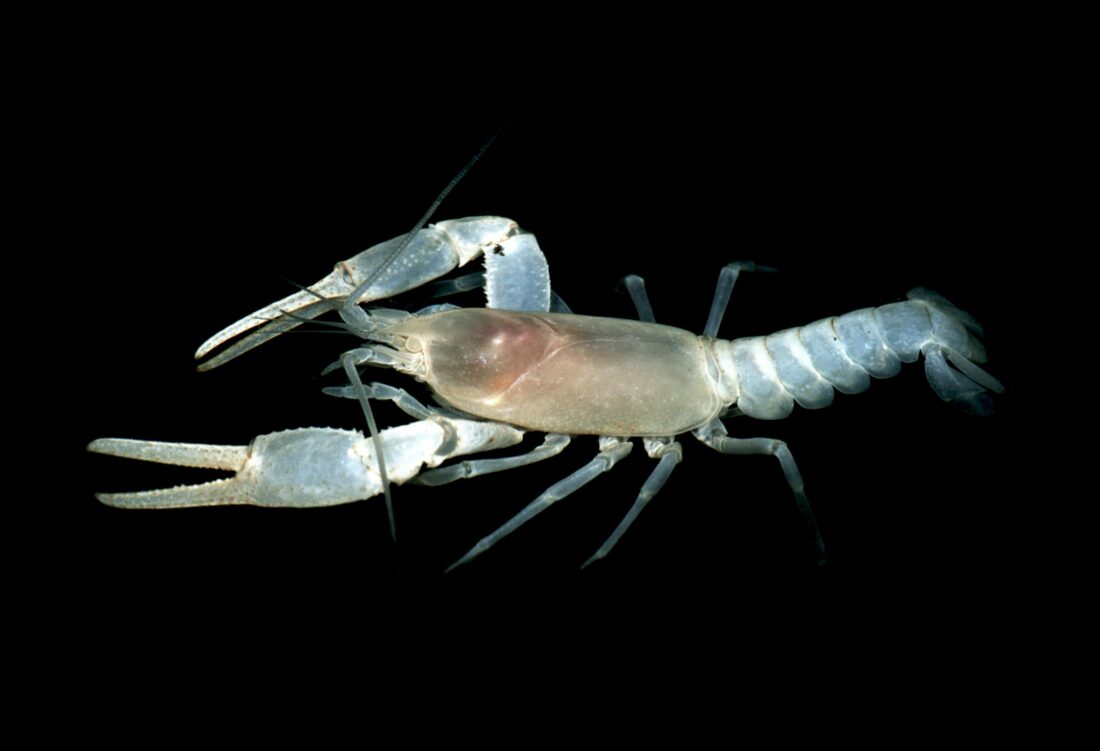
This month, as they have in previous years, Fenolio and his team will embark on an eight-hour expedition into the cave system, where they will crouch, crawl, and ultimately swim. Wearing wetsuits to protect them from the chilly water, they will observe and mark the crayfish they encounter. “We actually tattoo each crayfish with something called acrylic elastomer that shines under black light,” he says. That way, they can identify individuals they’ve caught before and get a sense of how the population is doing. To further the protection of the species, sometimes the team takes a few precious crayfish back home with them to study, and that’s where Fenolio’s other specialty comes into play.
In the darkness of a lab at San Antonio Zoo, and with the help of a source of groundwater from the Edwards Aquifer, he and his team of six to eight biologists have pieced together how to hatch the eggs of the crayfish. Last year their subjects produced forty-seven baby Oklahoma cave crayfish—the first time anyone successfully produced young in captivity. Only one species of cave crayfish has been captive-bred in human care, the Dougherty plain cave crayfish, and that was also by Fenolio and his team. In experimenting with these species, the lab members has learned some valuable lessons—like the importance of removing a male crayfish immediately after the mating process. “If you look away for even just a few minutes, you come back to a male that’s cut in half and the female is eating it,” Fenolio says. “In an energy-limited environment, you need a big meal—and for a female about to put a big energy investment into her eggs, there is no better meal than the male that she just mated with.”
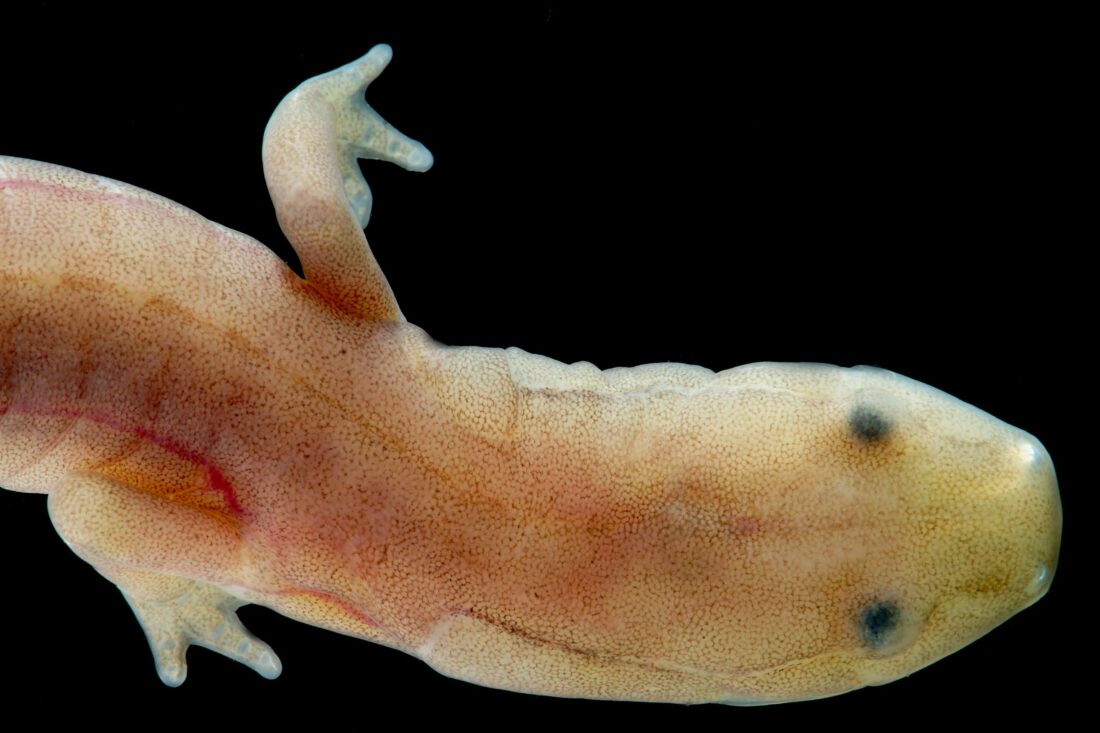
In terms of public appeal, Fenolio knows he hasn’t got a panda bear or a bald eagle on his hands. “My team is extremely dedicated to the conservation of these weird things most people don’t even know about,” he says. After all, they represent millions of years of evolution that played out below the surface, yet their tiny populations mean they could be decimated by a single pollution event above ground, be it from sewage, runoff from development, or waste from a chicken farm.
“We don’t want an emergency rescue to be dealing with these animals in the lab for the first time,” he says. “So we’re developing husbandry and breeding protocols in advance, and answering the questions of food, temperature, accommodations.” Then, in the not-implausible event it is needed, they can bring the species back. “We can’t afford to turn our back on biodiversity,” Fenolio says. “It’s the very thing that can save us.”


